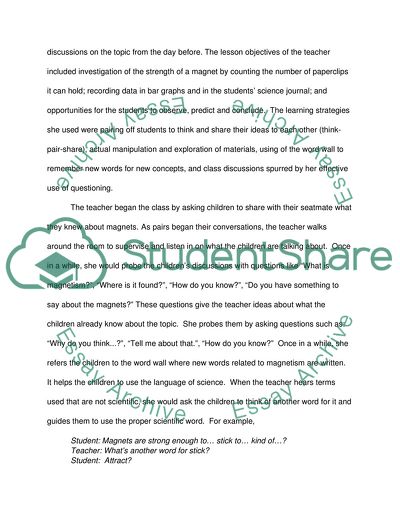Cite this document
(Reflection of a teaching focus area Coursework Example | Topics and Well Written Essays - 1500 words, n.d.)
Reflection of a teaching focus area Coursework Example | Topics and Well Written Essays - 1500 words. https://studentshare.org/education/1722363-reflection-of-a-teaching-focus-area
Reflection of a teaching focus area Coursework Example | Topics and Well Written Essays - 1500 words. https://studentshare.org/education/1722363-reflection-of-a-teaching-focus-area
(Reflection of a Teaching Focus Area Coursework Example | Topics and Well Written Essays - 1500 Words)
Reflection of a Teaching Focus Area Coursework Example | Topics and Well Written Essays - 1500 Words. https://studentshare.org/education/1722363-reflection-of-a-teaching-focus-area.
Reflection of a Teaching Focus Area Coursework Example | Topics and Well Written Essays - 1500 Words. https://studentshare.org/education/1722363-reflection-of-a-teaching-focus-area.
“Reflection of a Teaching Focus Area Coursework Example | Topics and Well Written Essays - 1500 Words”. https://studentshare.org/education/1722363-reflection-of-a-teaching-focus-area.


